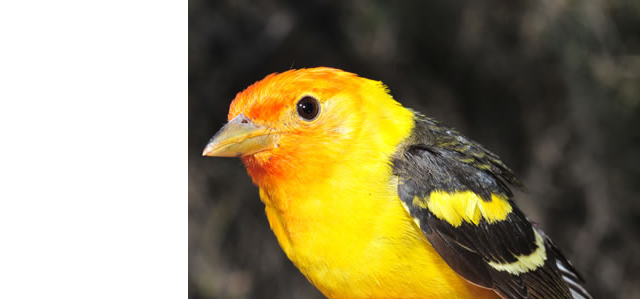
Biology Faculty & Staff Publications
Model of Dietary Fiber Utilization by Small Mammalian Herbivores, with Empirical Results for Neotoma
Document Type
Article
Publication Date
2-1-1992
Abstract
Allometric considerations have suggested that small herbivores are inefficient at or incapable of extracting energy from the microbial fermentation of structural carbohydrates. This notion is at odds with accumulating empirical evidence that demonstrates well-developed fiber digestion abilities for a number of small rodent genera. To examine the apparent inconsistency, we have constructed a model of plant fiber utilization tailored specifically for hindgut fermenters. Computer simulations provide estimates of fiber and overall dry-matter digestibilities as a function of body size, energy demand, and diet. Our calculations indicate that small mammals can obtain significant benefit from fiber fermentation, especially at moderate fiber levels. Comparisons with literature data are in general agreement, although fiber digestion abilities are still underestimated for the smallest animals. In an empirical test of the model, Neotoma obtained over 21 % of their digestible energy solely from the microbial fermentation of plant fiber. We also observed an interesting pattern of allometric sorting predicted by the model. Smaller wood rats significantly reduced the fiber content of their diet, a behavior presumably reflecting energy limitations.
Publisher
The University of Chicago Press
ISSN
0003-0147
Volume
139
First Page
398
Last Page
416
Language (ISO)
English
Keywords
dietary fiber, Neotoma, fermentation
Recommended Citation
The American Naturalist, Vol 139, No 2, 398-416
